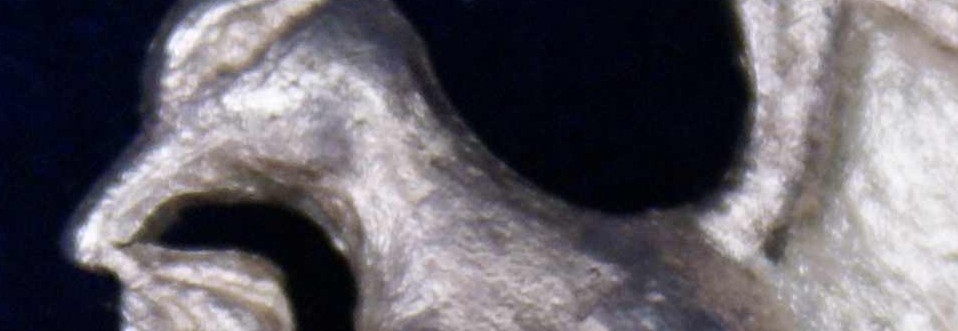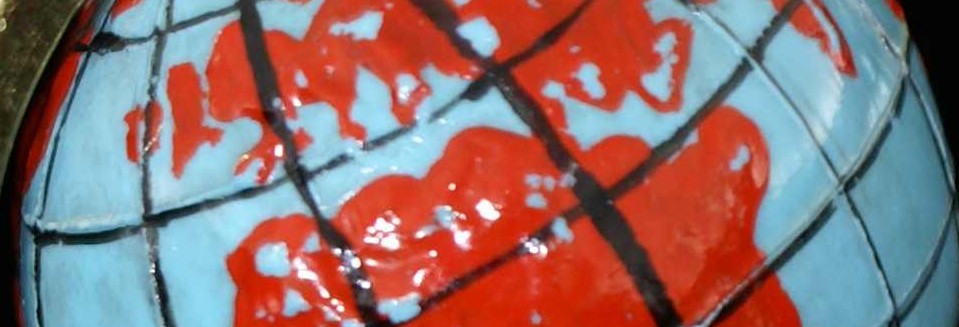The Present Day Lodge
Sarastro Lodge was consecrated on the 15th May 1969 by the members of the Sarastro Masonic Club that had existed here in Vienna since 1961.
The Lodge is unique in that whilst being formed under the Austrian Constitution it was given the right to practice both the English Emulation and American, “New York” rituals, there being so many English speaking expatriates in the city in those days.
Sarastro is an integrated member of the Grand Lodge of Austria and often receives guests from other native German speaking Lodges as well as other recognised Constitutions.
Sarastro History
The original Sarastro Lodge was founded in 1932 in the, all too short, period of light between the wars. The current Lodge even possesses one of their jewels.
When the founders of the Masonic Club, which functioned during the post war years, received permission by the reinstated Grand Lodge of Austria to found a regular Lodge, they were not immediately aware of the historical impact of the name, their decision on the name “Sarastro” came purely out of admiration for Bro. Mozart and his opera The Magic Flute. Since the publication of Bro. Günter Kodeck’s two volumes; “Zwischen verboten und erlaubt”, (Between Forbidden & Allowed), written on the history of the Lodges in the periods of the “Grenzlogen”, (Border Lodges), and between the two world wars and; “Unsere Bausteine sind die Menschen”, (Our Building Blocks Are People), more information has become available.
The Mother Lodge of Sarastro was called “Die Treue“, (The Faithful), and was one of the Grenzlogen set up in the late 19th century after the Austro-Hungarian Settlement of 1867, under which it became possible for Masonry to flourish in Hungary but not in Austria, even though the two countries were under the same ruler. At that time the area of Austria currently known as Burgenland was still part of Hungary and so many of the Brethren had to travel by horse-tram from Vienna to Pressburg, (Bratislava), for their ritual work.
“Die Treue” was officially consecrated in April 1889 under the Symbolic Grand Lodge of Hungary and also an official, non- political association, in Vienna where the Brethren founded an asylum for abused children in 1899, each child having a Brother as its own personal guardian. In October 1900 they were working with a number of other Lodges in Dorotheergasse 12 in Vienna. In 1913 19 members left to found a new Lodge called “Gleichheit”, (Equality). “Die Treue” was also one of the Lodges instrumental in founding the Grand Lodge of Vienna in 1918 and it held its first Lodge meeting in Vienna on 11 May 1919.
23 Brethren from “Die Treue” were given permission by the Grand Lodge on 19 November 1932 to consecrate a new Lodge called Sarastro.
The first Worshipful Master of the Lodge Sarastro was a lawyer named Dr. Rudolf Grünfeld. Bro. Grünfeld was born on 9 November 1877 in Teschen, Silesia, (now part of Poland), and died in London in 1950. He was a member of several charitable organizations and was Initiated into the Lodge “Die Treue” as member No. 208 on 12 May 1920 and Raised on 16 March 1923. He was elected Deputy Master in 1926 and was Worshipful Master from 1928 to 1930. In 1933 he affiliated to the fledgling Sarastro when it started working and became its first Master. At that time the Lodge met in the Temple in Annagasse 18, Vienna
In view of the developments of that year in Germany there was a mass exodus from the Craft, many Brethren professing their allegiance to the Catholic Church and many Jewish Brethren converting in what proved to be a vain hope of escaping the coming catastrophe. Of course, only the pessimists in Austria saw the ultimate writing on the wall, though as we all know the National Socialists were already flexing their muscles in Austria. Nevertheless, in June 1934 Sarastro still numbered 23 Brethren. The last entry concerning the Lodge is for the 28th October 1937 when the Lodge became dormant “for economic reasons”.
That which followed has been, sadly, well documented.
Via the database for “Austrian Victims of the Holocaust” and “Gestapo Arrest Archives” it has been possible to track many of Sarasto’s original members, some were overtaken by the events leading up to and including the Second World War, some survived and, we hope, were able to take up their Working Tools once more.
The Worshipful Master, his Officers and Brethren are honoured to be joined to these Brethren through the Craft in general and the Sarastro Lodge in particular.


